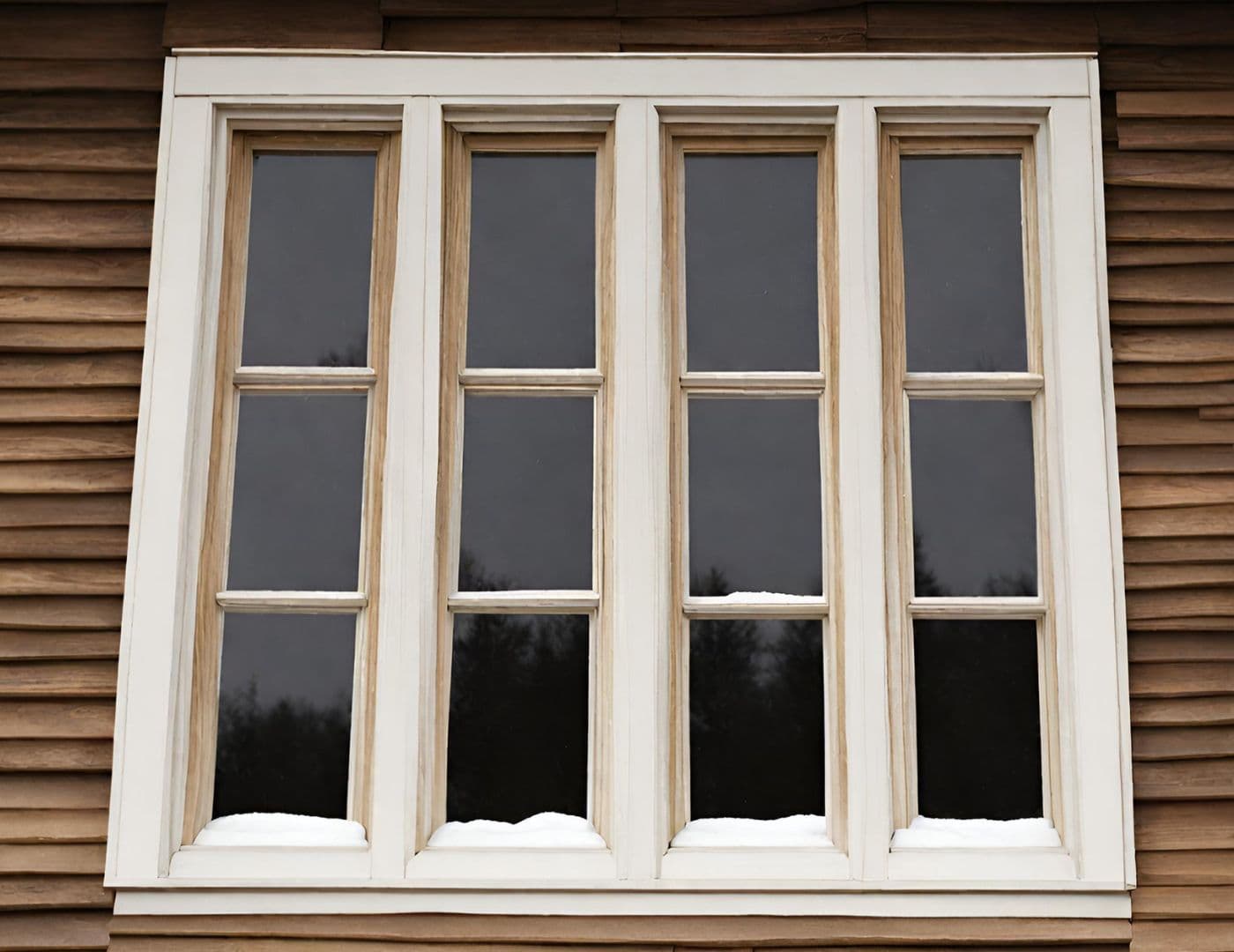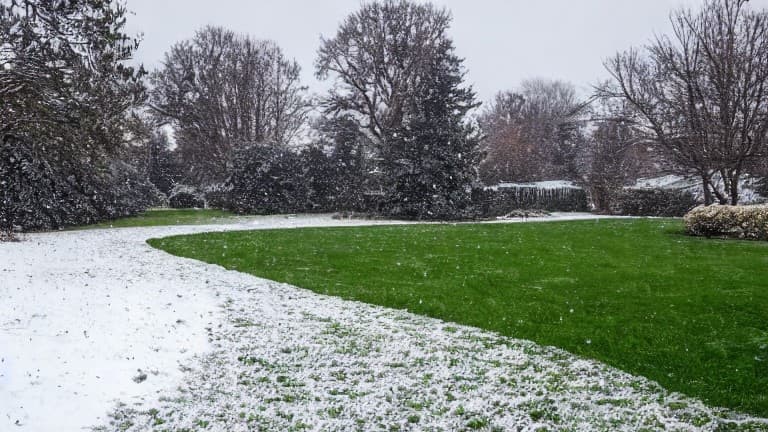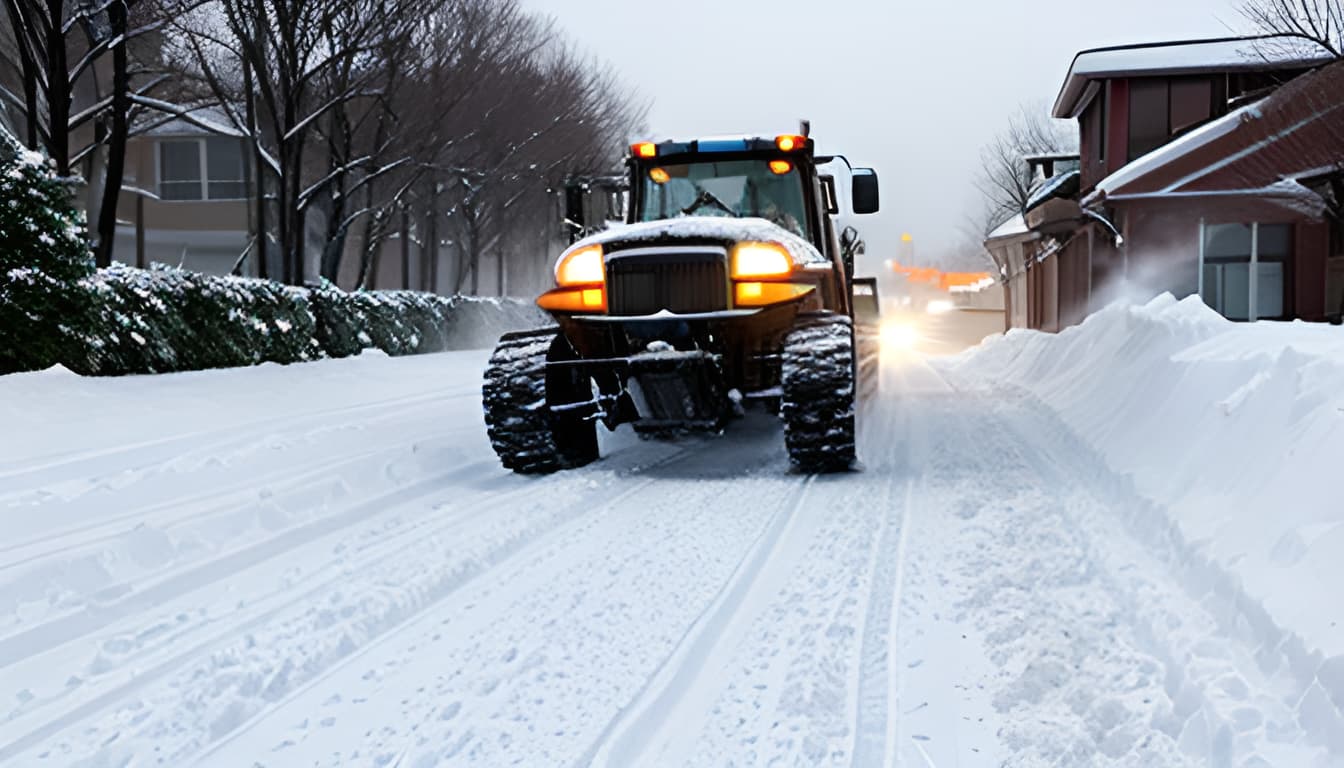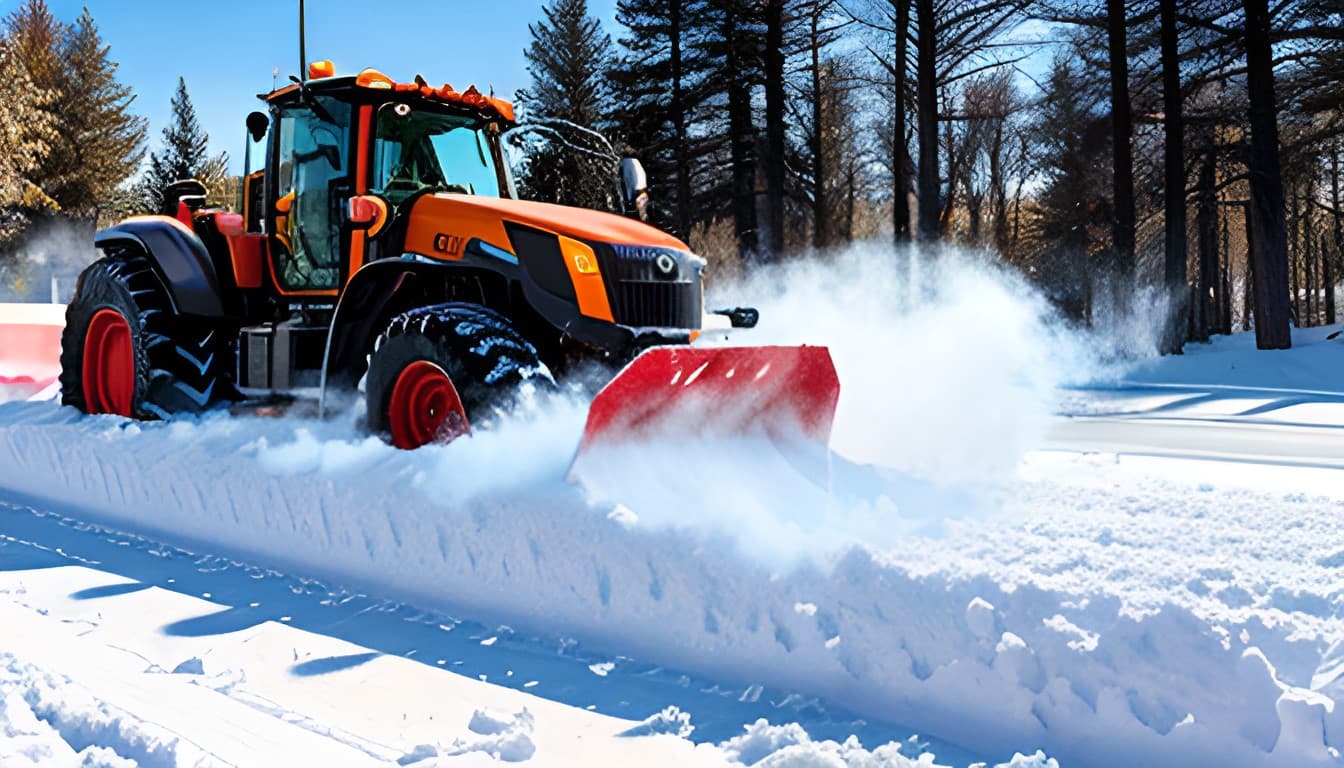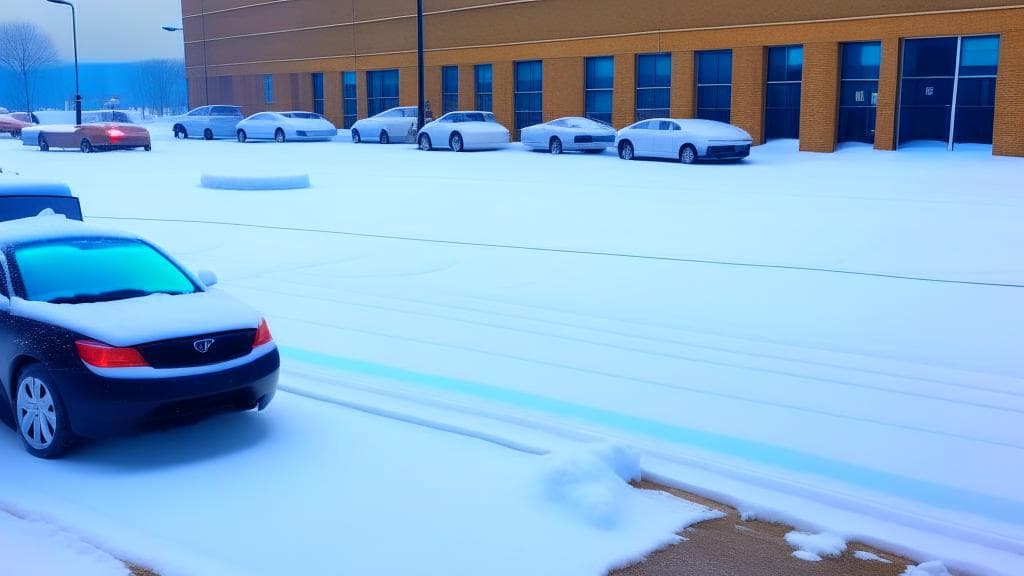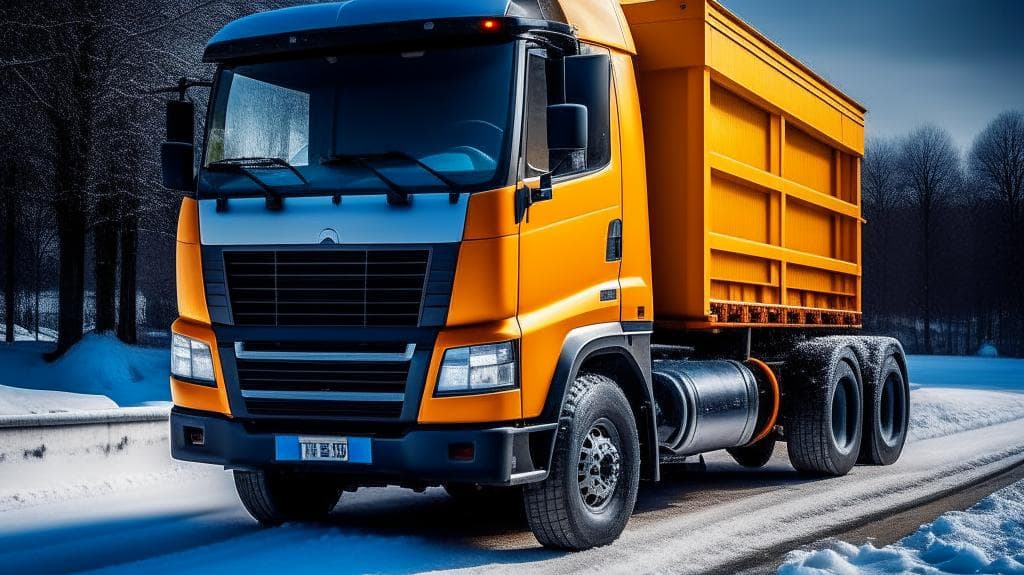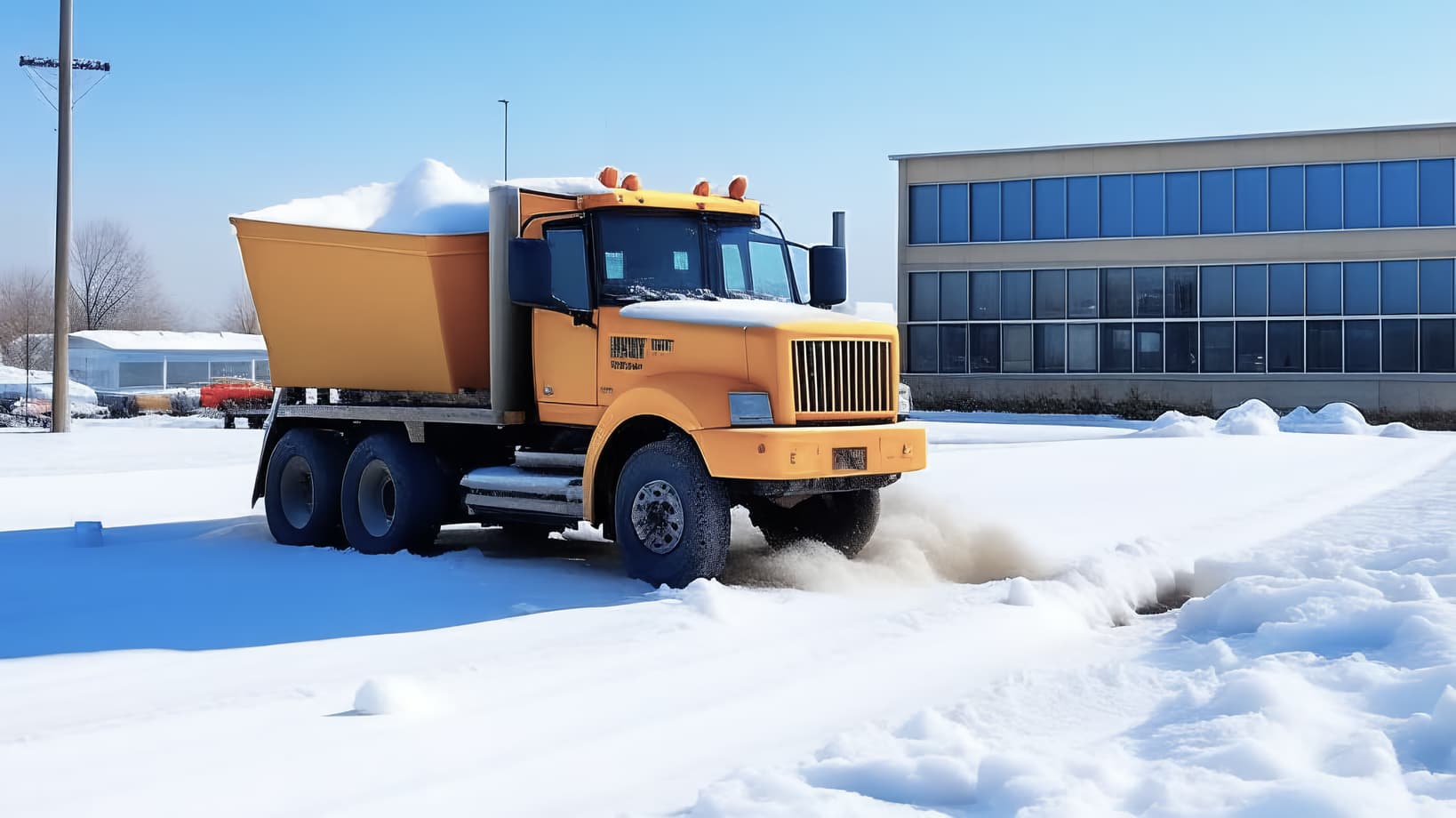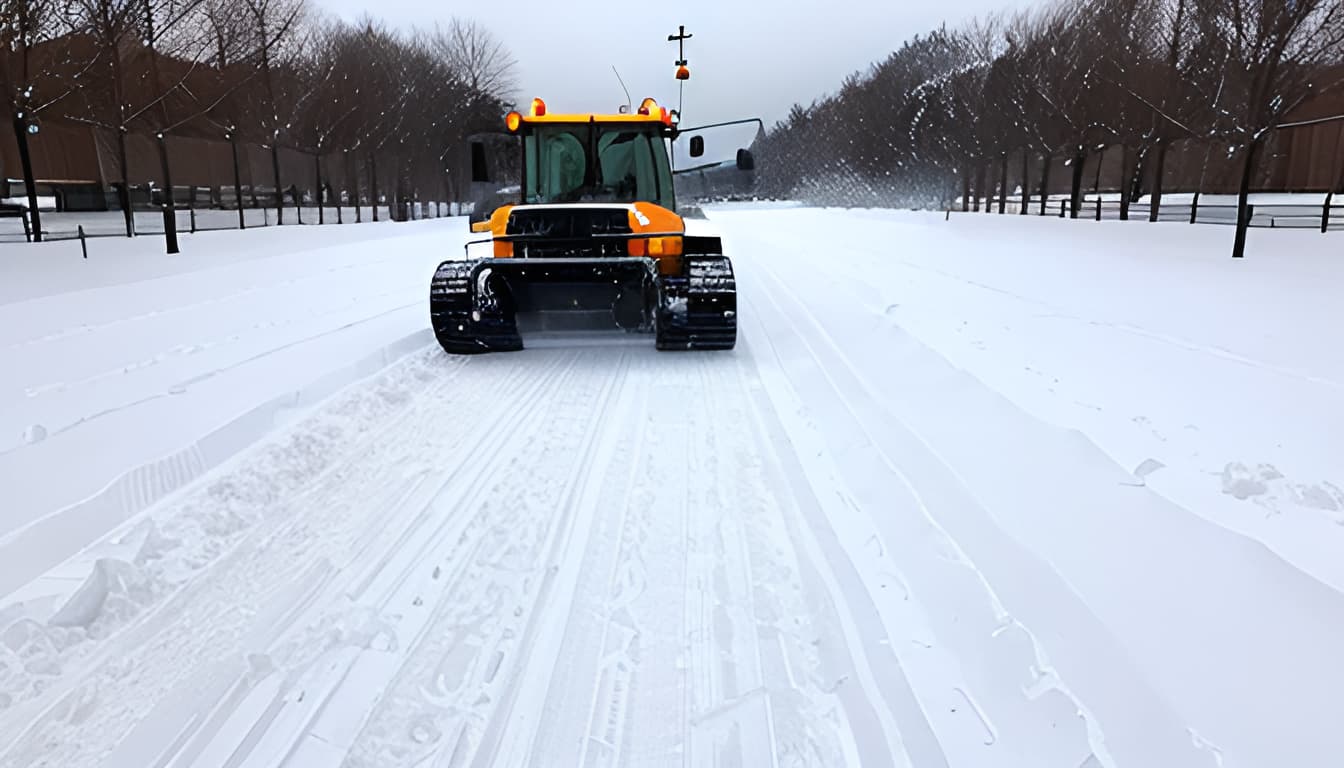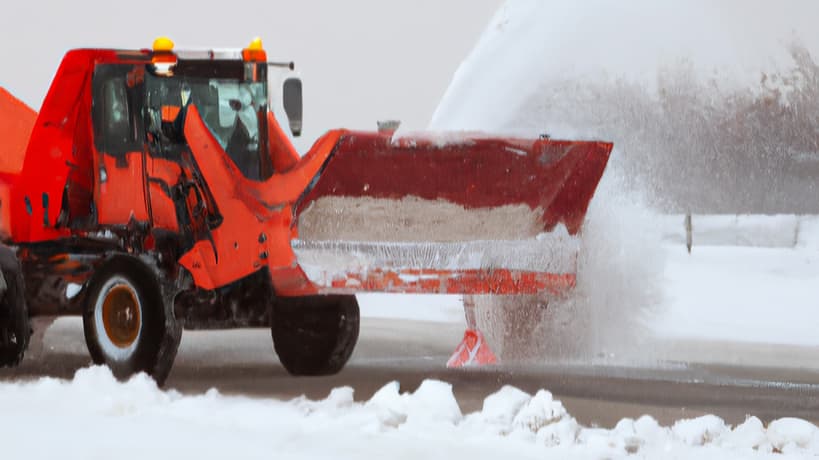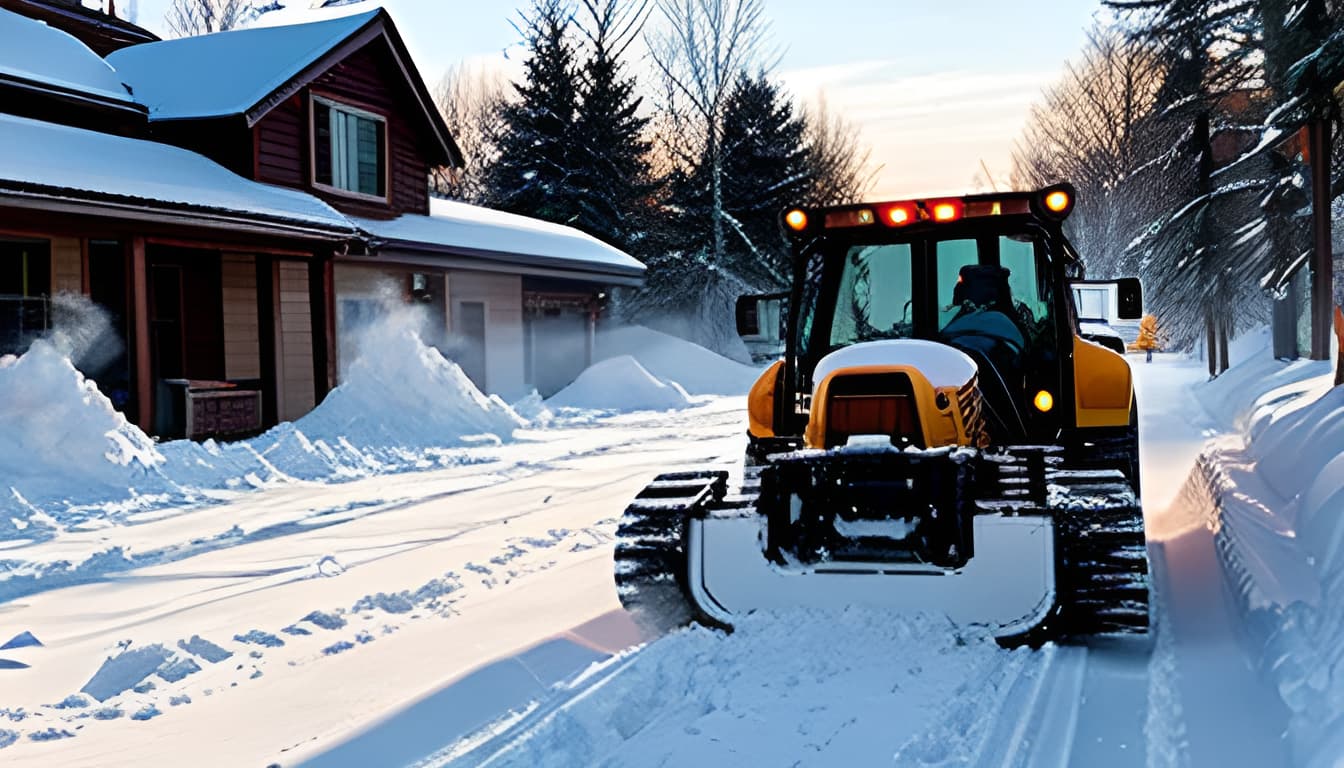For decades, snow removal has relied on traditional manual labor and machinery like snow shovels, snowblowers, and plow trucks. While essential, these methods have limitations like being time-consuming, disruptive, weather-dependent, and physically demanding. There are now exciting new technologies on the horizon that aim to revolutionize snow and ice management. Autonomous snowplows, advanced sensors, drone-enabled de-icing, and more have the potential to greatly improve the efficiency, sustainability, and affordability of winter maintenance. This article will provide an overview of these emerging innovations that could transform snow removal as we know it. By leveraging such technologies, communities can work towards faster, more cost-effective, and environmentally friendly snow clearing in the future.
Autonomous and Robotic Snow Removal
One exciting area of innovation is the development of driverless, autonomous snowplows and robots. Companies have prototyped concepts like electric, robotic snowplows aimed at commercial snow removal services. These vehicles utilize sensors and programming to navigate roads, plow snow, and distribute de-icing chemicals with a high degree of precision and consistency. Without a human driver, they can operate in harsh conditions that aren t safe for crews. Other benefits include being able to work around the clock without stops. However, significant barriers exist to mass adoption. These vehicles have extremely high costs compared to conventional plow trucks, putting them out of reach for many municipalities and businesses. Fully autonomous snow removal robots are also not approved for widespread public road use yet in most regions. But as research continues, autonomous snowplows have enormous potential to take over dangerous and repetitive tasks from human operators.
